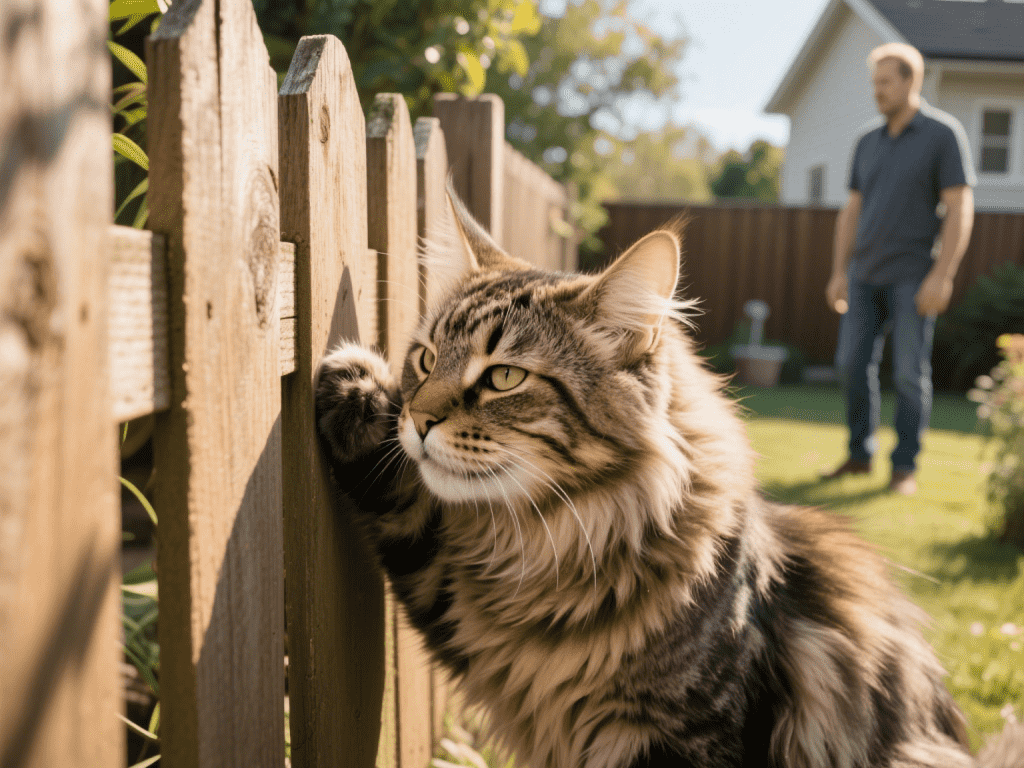
As a veteran feline behavior columnist, I’ve learned that a cat’s world is defined less by walls and more by invisible scent boundaries. From the gentle cheek rubs of your indoor tabby to the bold urine sprays of an outdoor tom, marking territory is a fundamental way cats communicate ownership, security, and status. In this deep dive, we’ll unpack the many ways cats declare “this is mine,” how marking relates to their emotional well‑being, and actionable strategies to harmonize multiple‑cat households and prevent unwanted behaviors.
1. Scent: The Invisible Boundary Marker
Cats possess an olfactory arsenal unmatched by any domestic pet. Their cheeks, flanks, and paw pads host pheromone glands that deposit individual “scent signatures” on familiar surfaces:
Bunting & Cheek Rubs:
When your cat presses its face against a sofa corner or your jeans, it’s transferring cheek‑gland pheromones to signal comfort and ownership.Flank Rubbing:
A looser body posture and broad side rub spread scent over larger areas, reinforcing group identity in multi‑cat homes.Scratching & Paw Glands:
Each scratch leaves behind tiny droplets of pheromone at claw‑sheath openings—combining visual marks with scent cues.
These layered signals create a scent map that cats “read” constantly, informing them of who’s been where and whether an area is safe or contested.
2. Urine Spraying vs. Normal Elimination
Urine marking—spraying—is a concentrated territorial proclamation, distinct from routine toileting:
Spraying Posture:
Tail held up, quivering, and a backward header onto vertical surfaces.Triggers:
Intruder Alert: New neighborhood cats outside or unfamiliar scents indoors.
Social Stress: Competition among household cats or recent changes (new baby, remodel).
Reproductive Drive: Intact males are prime offenders; spaying/neutering often reduces spraying significantly.
Unaddressed, spraying can escalate and damage relationships between cats—and between cats and owners.
3. Body Posture and Visual Displays
Beyond scent, cats use posture to demarcate space:
Stalking Gait:
Slow‑stalk movements along perimeters signal cautious patrols.Tail Positions:
A puffed‑up tail along a corridor area warns intruders to stay back.Staring & Blink Exchanges:
Mutual slow‑blinks at a doorway can communicate peaceful co‑ownership.
Reading these cues helps you interpret underlying tensions and mediate conflicts.
4. Harmonizing Shared Environments
In multi‑cat homes, respect for territory reduces stress and destructive marking:
Plentiful Vertical Real Estate:
Cat trees, shelves, and window perches allow cats to stake high ground, reducing direct competition on floor level.Multiple Resources:
Provide one litter box per cat plus one, designate separate feeding stations, and scatter resting spots throughout the home.Pheromone Diffusers:
Synthetic feline facial pheromones (Feliway) can blend territorial messages, smoothing introductions and calming anxious felines.
Pro Tip: When introducing a new cat, rotate scents by exchanging blankets or toys before face‑to‑face meetings.
5. Managing Outdoor Boundaries
For indoor–outdoor cats, setting humane boundaries keeps them—and local wildlife—safe:
Secure Perimeters:
Cat runs or enclosed patios let your cat patrol its yard without venturing beyond safe lines.Supervised Walks:
Harness training enables controlled exploration, satisfying curiosity without risking territorial disputes with neighbors.
Conclusion
Territory marking is a cat’s primary language of comfort and control. By understanding the layered signals—cheek rubs, scratches, sprays, and postures—you’ll better interpret your cat’s needs, defuse conflicts, and create a harmonious home. Remember: respecting their invisible boundaries is the first step to winning their trust—and keeping your furniture intact.

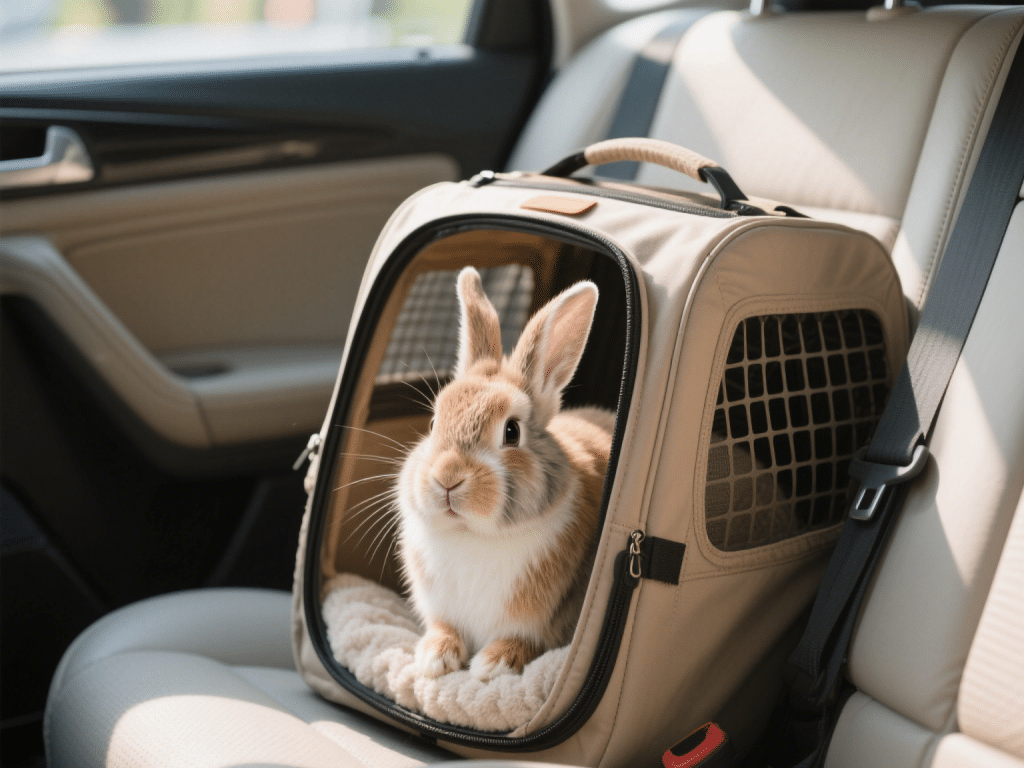
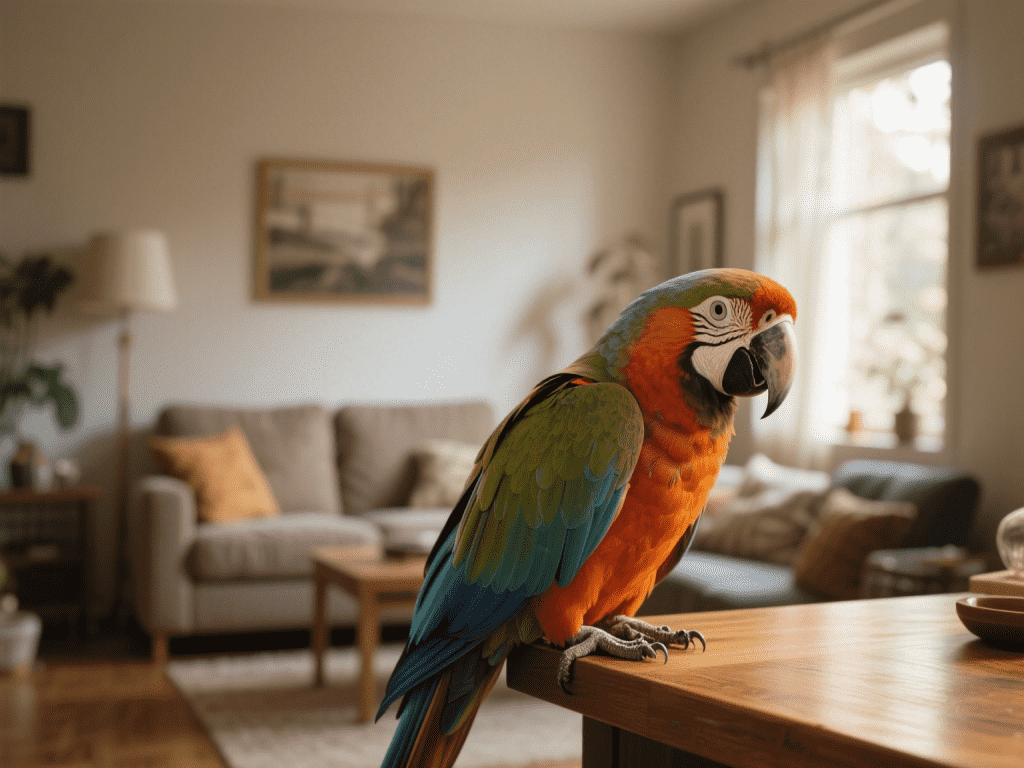
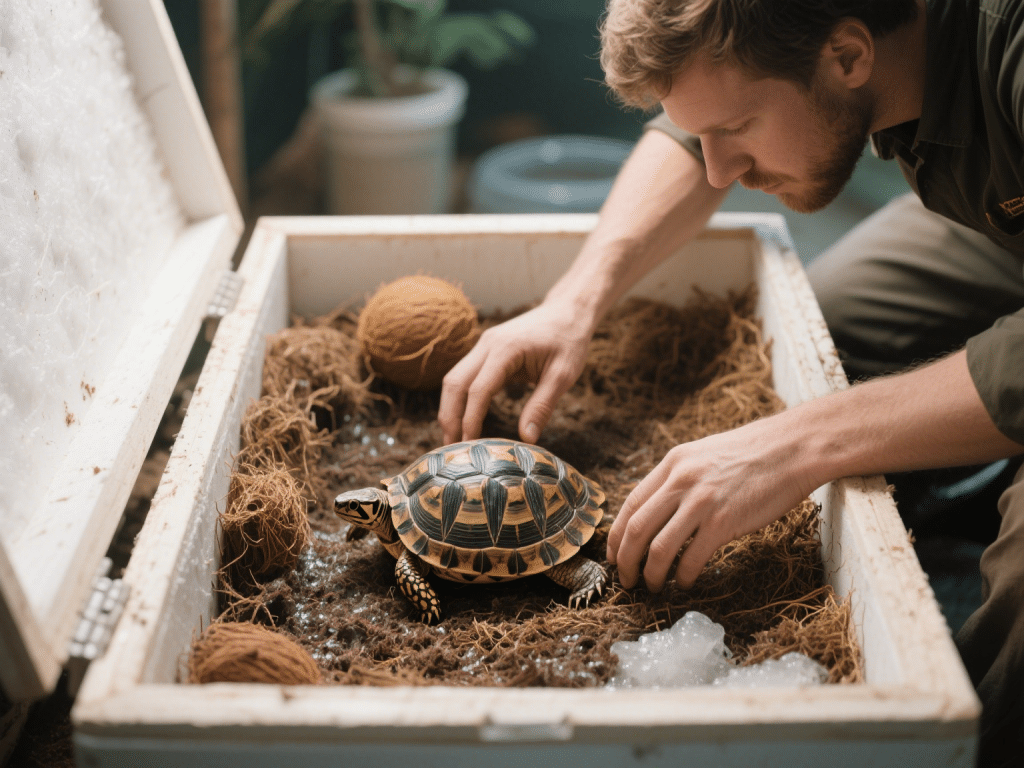


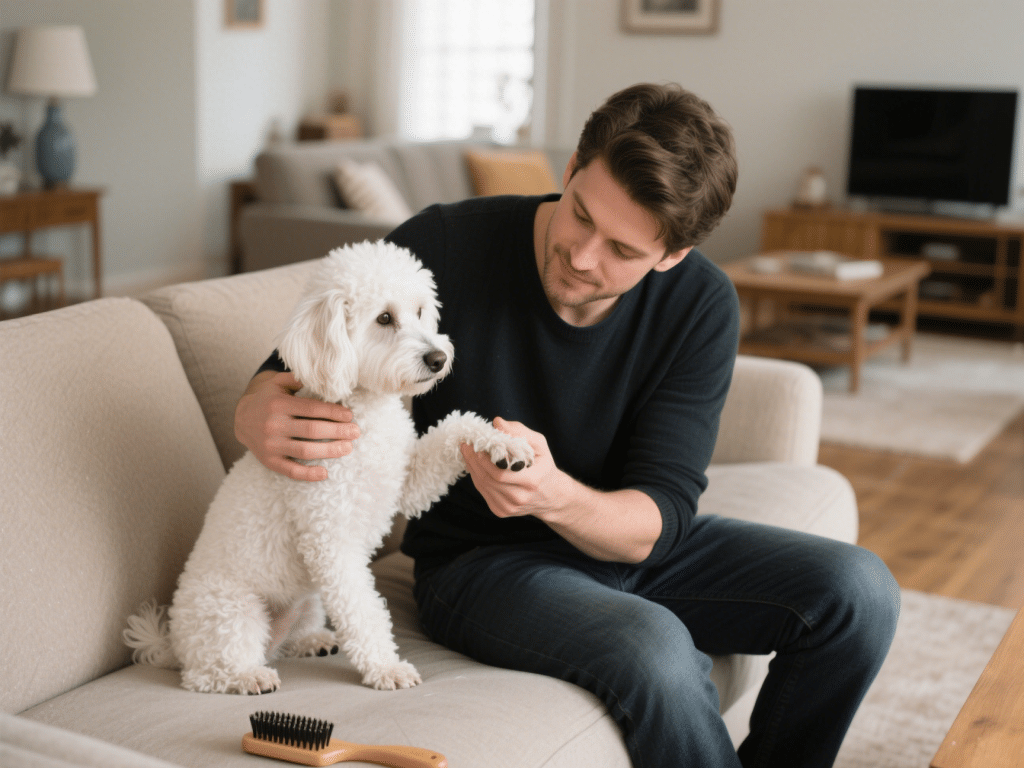
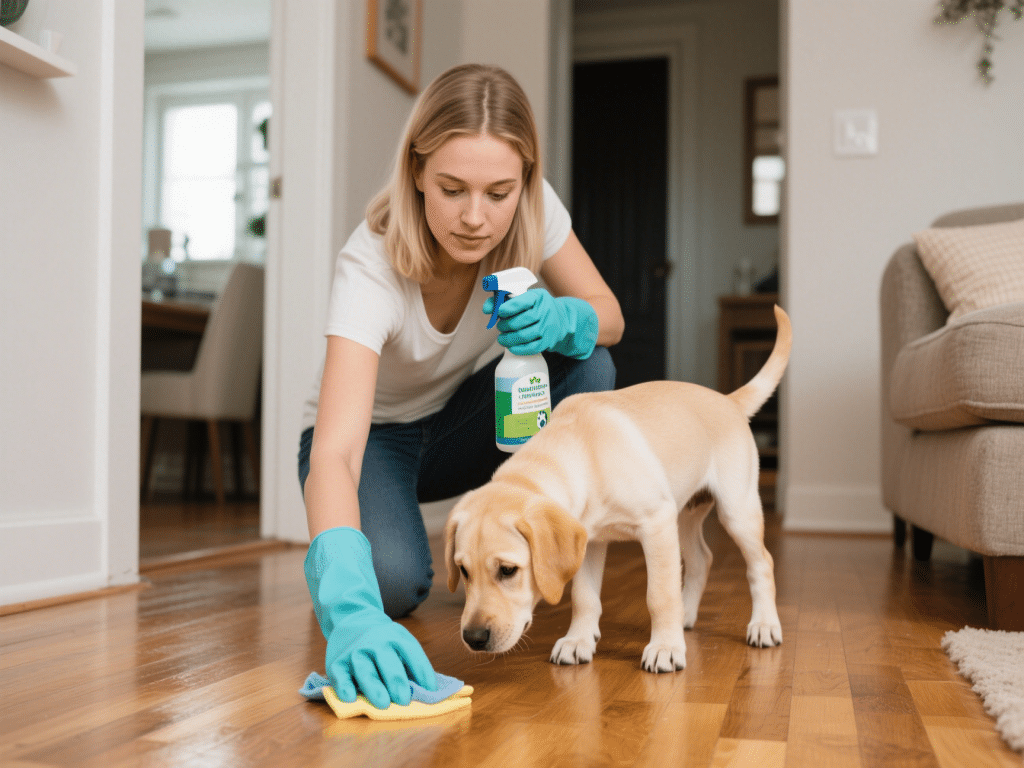

Comments on " Territory Talk: How Cats Mark and Maintain Their Domain" :